Introduction: The Rise of Artificial Intelligence in Creative Fields
In recent years, artificial intelligence (AI) has evolved from a tool used primarily in technical and business domains to a technology capable of engaging in creative pursuits. From generating art and composing music to writing poetry and assisting in product design, AI is now an active participant in what was once considered the uniquely human realm of creativity.
AI’s increasing presence in creative fields has sparked intense debates: Can machines truly create art, or is human creativity irreplaceable? Is AI a tool that can collaborate with human artists and creators, or does it pose a threat by competing for creative supremacy? In this article, we will explore how AI is reshaping the creative landscape, how it interacts with human creativity, and how the two can coexist in the future.
AI as a Creative Tool: Enhancing Human Creativity
At its core, artificial intelligence is a product of human ingenuity. AI systems are designed to learn from vast amounts of data, analyze patterns, and perform tasks with speed and precision. While these systems excel at processing information and generating outcomes based on existing patterns, they still lack the fundamental aspects of human creativity—empathy, intuition, and the ability to push boundaries in ways that humans do.
However, AI’s role in creative fields is not necessarily about replacing human creativity; rather, it is about enhancing and amplifying it. AI-powered tools are being used to assist artists, musicians, writers, and designers in ways that would have been unimaginable just a few years ago. By automating repetitive tasks, offering new ideas, and suggesting innovative solutions, AI frees up time and energy for humans to focus on higher-level creative thinking.
For example:
- Artists use AI to generate visual compositions or experiment with new styles, using AI as a collaborative partner rather than a competitor.
- Musicians work alongside AI to compose music, leveraging AI’s ability to analyze and synthesize vast amounts of sound data to create new genres or musical pieces.
- Writers use AI tools to assist in brainstorming, editing, and even generating drafts, sparking inspiration for novel ideas or helping them refine their work.
Rather than being a competitor, AI acts as a creative assistant—a partner that can augment human abilities and foster new forms of creative expression.
AI as a Creator: Can Machines Truly Be Creative?
While AI’s role as a tool to support human creativity is widely accepted, the question remains: Can AI be creative in its own right? Can a machine create something entirely original, with the depth and nuance of human artistry?
AI systems like OpenAI’s GPT-3 (for writing), DALL·E (for image generation), and AIVA (for composing music) have demonstrated impressive capabilities in generating creative works. These systems analyze massive datasets of existing art, literature, or music, and use machine learning algorithms to generate new pieces that mimic human creativity.
However, AI’s creations raise important philosophical questions. Is creativity purely a function of the mind, or is it a process that can be replicated by machines? For instance, AI-generated art can be strikingly beautiful, but can it express emotions, tell a story, or carry the unique personal touch of a human artist? Can an AI create a piece of music that resonates with the human soul, or is it simply following patterns?
AI-generated works often lack the contextual understanding, emotional depth, and intentionality that human creators bring to their art. While AI can mimic the appearance of creativity, many critics argue that true creativity involves an element of self-expression, originality, and vision that AI cannot replicate. Human artists inject their own experiences, feelings, and societal context into their work—an intangible quality that machines, no matter how advanced, cannot fully understand.
This begs the question: Is AI’s role in creativity limited to mimicry or emulation of human ingenuity, or can it eventually create something truly new and meaningful?

AI and the Changing Role of Human Creators
AI’s presence in creative fields has not gone unnoticed by human creators, some of whom view the rise of AI as a challenge to their profession, while others embrace it as an opportunity to enhance their work. The evolving dynamic between AI and human creativity is characterized by two main trends: collaboration and competition.
Collaboration: Augmenting Human Creativity
Many creators have adopted AI as a partner, using it to enhance their creative process. Instead of seeing AI as a threat, they leverage its strengths to explore new ideas, refine their work, and speed up their creative process.
For example, fashion designers are experimenting with AI to create clothing patterns, predict trends, and even generate design ideas based on consumer preferences. Writers and filmmakers collaborate with AI to brainstorm plot ideas, develop characters, and even automate certain elements of the production process, allowing them to focus more on the artistic aspects of storytelling.
AI is also being used in collaborative environments, where human creators work with AI tools to co-create projects in real-time. In this sense, AI becomes a creative assistant rather than a competitor, acting as a catalyst for human ingenuity.
Competition: Disruption and Job Transformation
On the other hand, there are concerns that AI’s increasing capabilities might lead to competition between humans and machines in creative industries. As AI systems become more proficient in tasks like writing, art creation, music composition, and even game development, some fear that traditional creative jobs may be at risk.
For instance:
- Journalism: AI systems like GPT-3 can generate news articles, reports, and summaries, leading to concerns about the future of human journalists. While AI can handle routine news reporting, investigative journalism, which requires deeper analysis, human insight, and social context, remains a human-driven field.
- Art and Design: AI can generate digital art that competes with human-created art, leading some to question the future value of traditional artistic work.
- Music Composition: AI-powered music generators, such as AIVA, can produce entire symphonies or pop songs, raising the possibility that AI could replace certain roles in music production and songwriting.
Despite these concerns, the reality is more nuanced. While AI may disrupt certain roles, it will likely transform rather than eliminate creative professions. Many creators will evolve their skill sets to collaborate with AI tools, focusing on tasks that require human insight, emotional intelligence, and conceptual thinking.
The Future of Human-AI Coexistence in Creativity
As AI continues to advance, the future of human creativity will likely involve a symbiotic relationship between humans and machines. Rather than competing for creative dominance, AI and human creators will learn to coexist, with AI augmenting and expanding the boundaries of human creativity.
1. Embracing Hybrid Creativity
In the future, we will likely see a rise in hybrid creativity, where AI and humans work together to push the boundaries of what’s possible in art, music, literature, and design. AI may handle repetitive tasks, suggest novel ideas, or generate drafts, while humans bring their emotional intelligence, intuition, and cultural understanding to refine and complete the creative process.
2. New Forms of Creative Roles
The rise of AI will also give birth to new roles and industries that blend technology with creativity. For example, AI curators may emerge, helping individuals and businesses curate and personalize creative works generated by machines. AI ethicists will play an important role in ensuring that AI-generated content adheres to ethical standards and does not perpetuate biases or harmful stereotypes.
3. Enhancing Human Expression
Ultimately, AI’s greatest potential in creative fields may lie in its ability to enhance human self-expression. As AI tools become more intuitive and user-friendly, they will empower more individuals to express their creativity, regardless of their technical skill level. AI has the potential to democratize creativity, providing people with the tools to create art, music, and literature without the need for traditional training or resources.
Conclusion: A New Era of Creativity
Artificial intelligence is neither a replacement for human creativity nor a competitor for artistic dominance; it is a powerful tool that can amplify human potential. As AI continues to evolve, it will likely become an integral part of the creative process, helping artists, musicians, writers, and designers explore new ideas, refine their work, and reach new audiences.
Rather than seeing AI as a threat to creativity, we should embrace the potential for collaboration and coexistence. By working together, humans and machines can explore uncharted creative territories, leading to innovations and artistic achievements that were previously unimaginable.
In the future, creativity will not be limited to either humans or machines; it will be a dynamic fusion of the two, resulting in richer, more diverse expressions of human imagination.

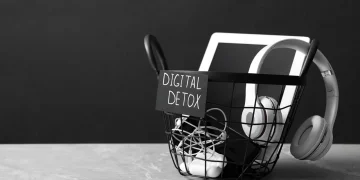
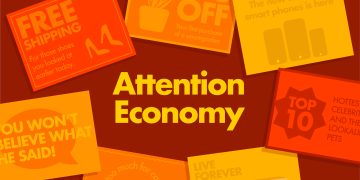

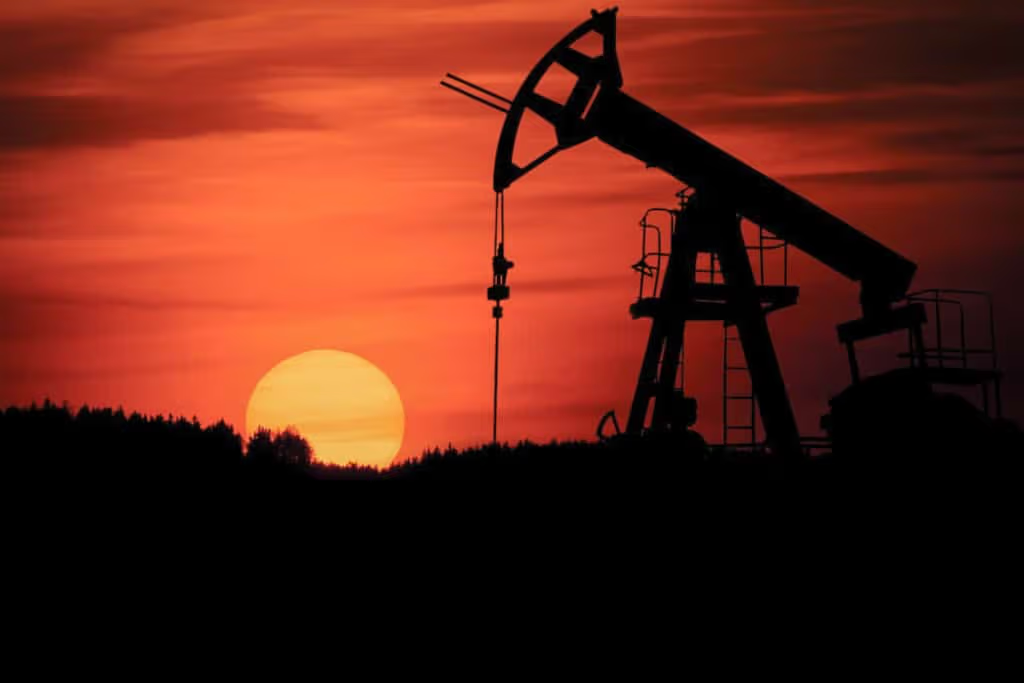
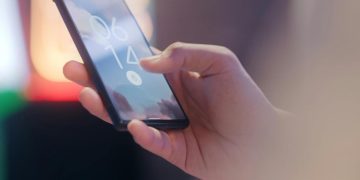

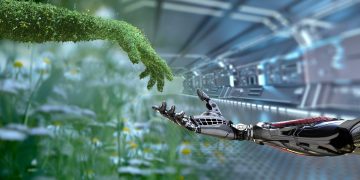

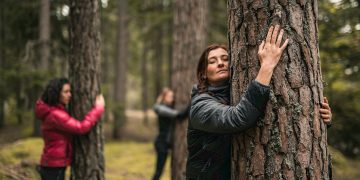

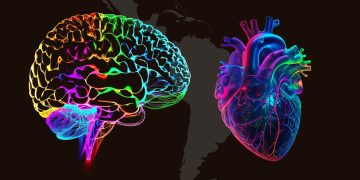

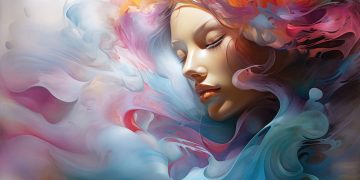
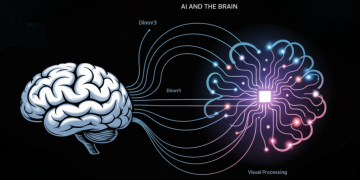

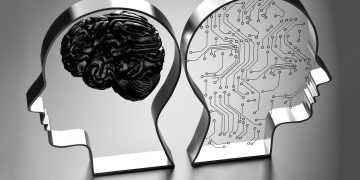
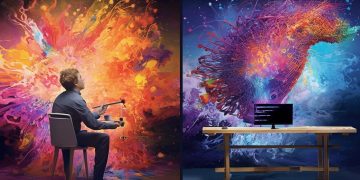
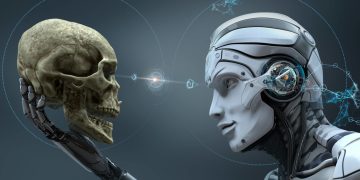
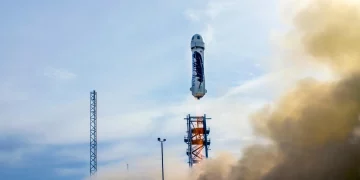
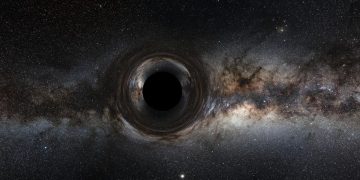
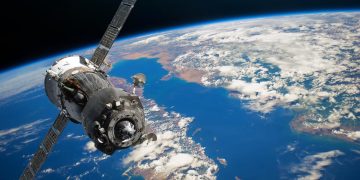

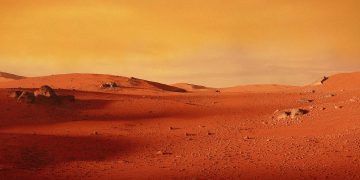
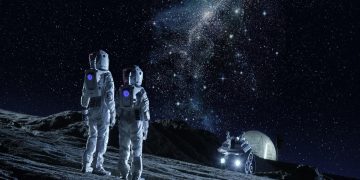
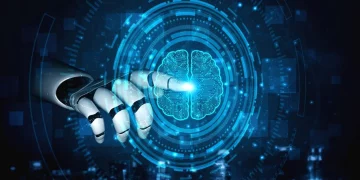
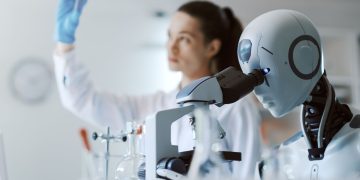
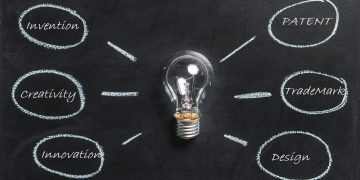

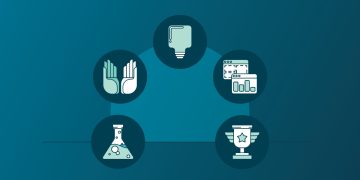

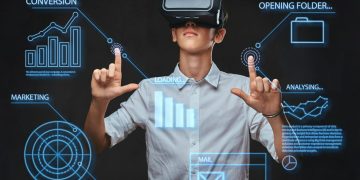
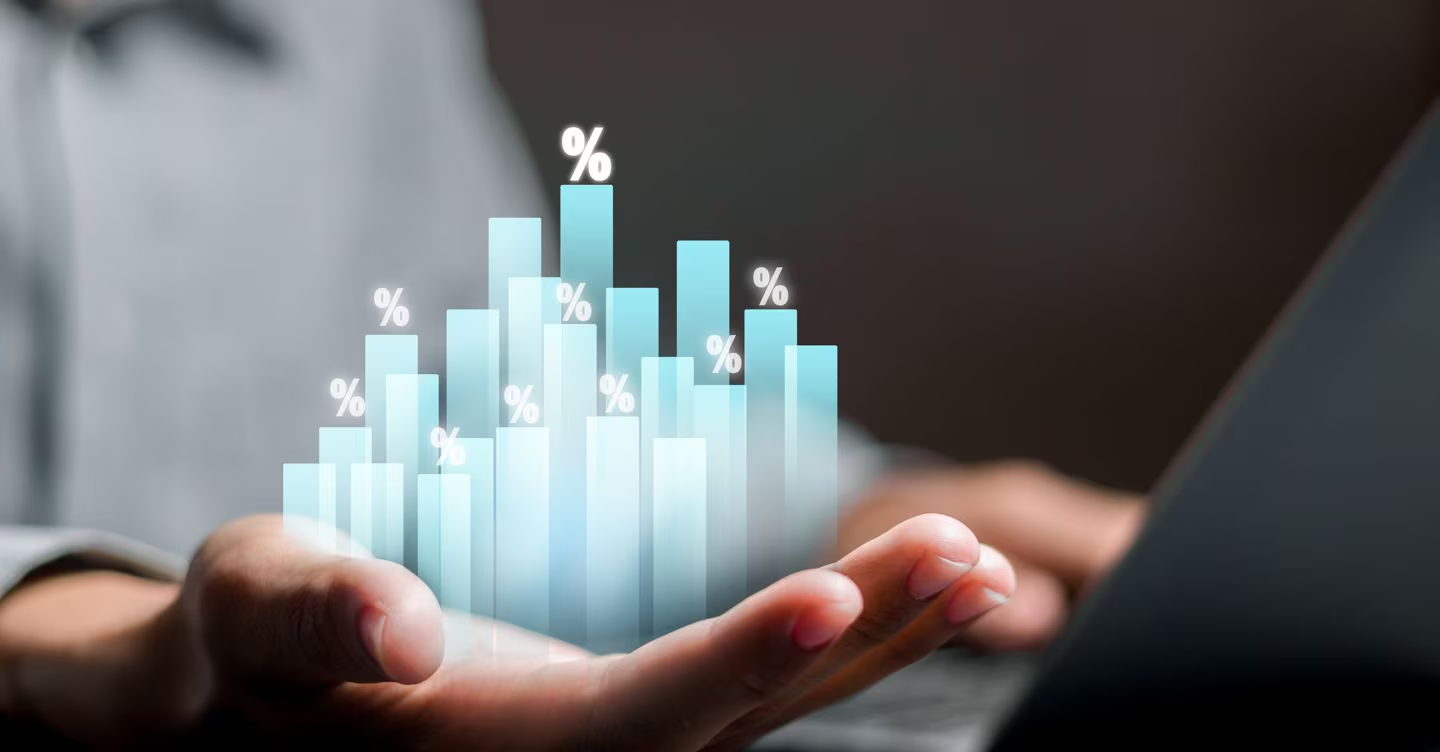

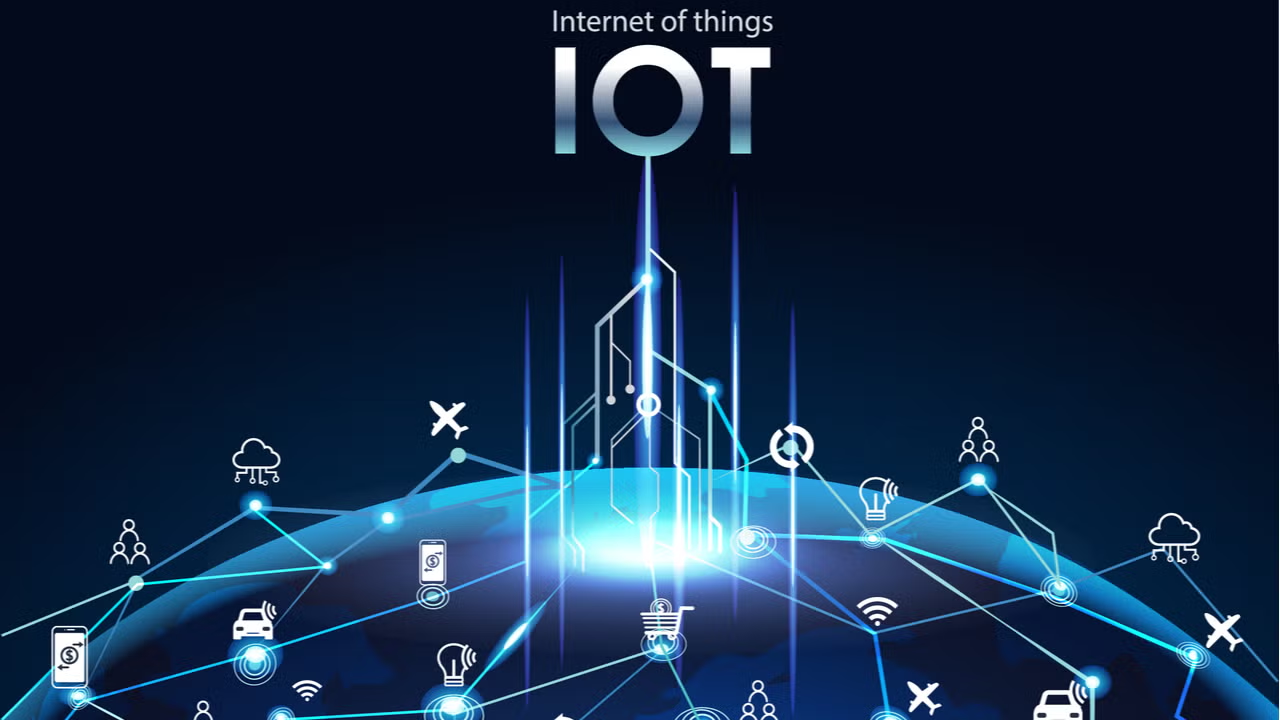
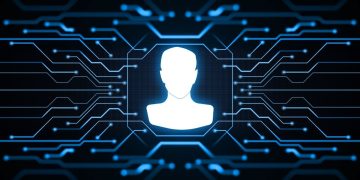
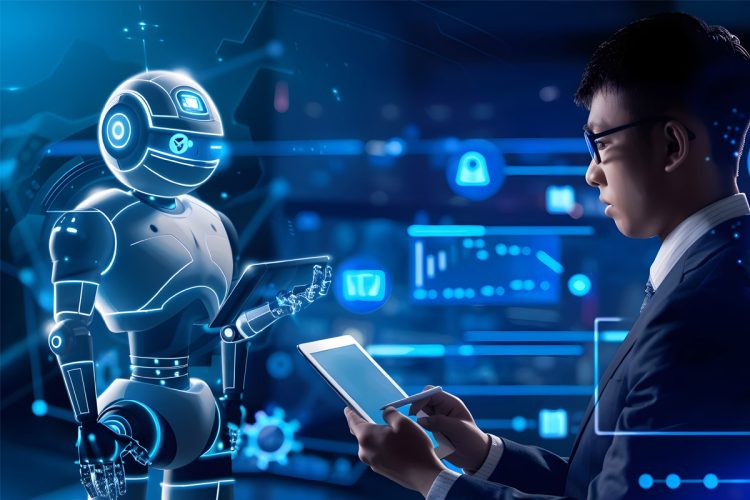











Discussion about this post